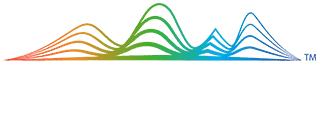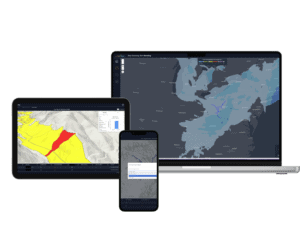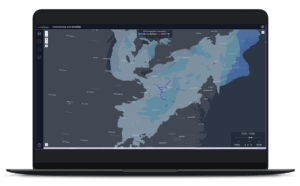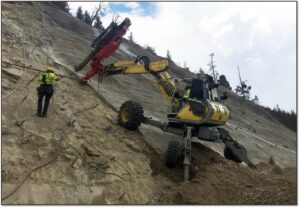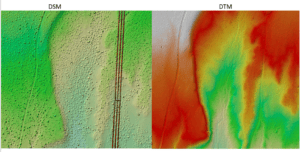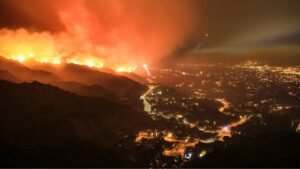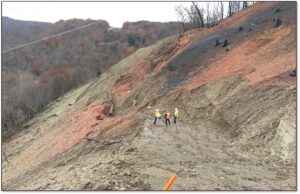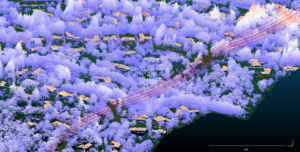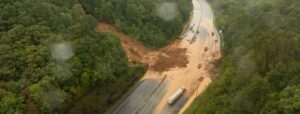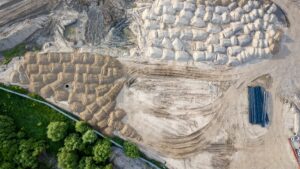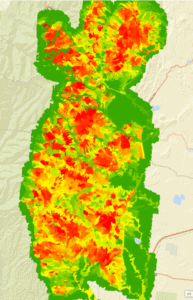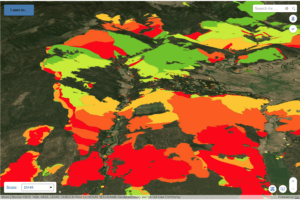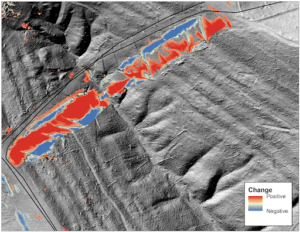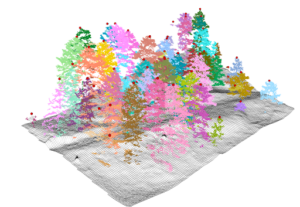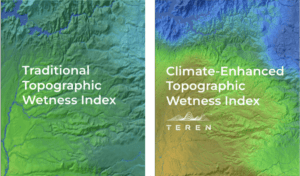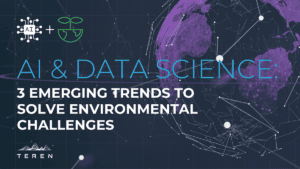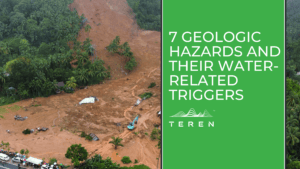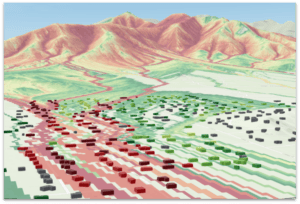TEREVUE CORE
Category Archives: Knowledge Hub
Navigating Weather and External Force Threats in Pipeline Integrity: Key Insights from Industry Leaders
On March 3, 2025, Teren hosted an expert panel in Houston, bringing together leading pipeline [...]
Apr
TEREN LAUNCHES TEREVUE TO REVOLUTIONIZE ENVIRONMENTAL RISK MANAGEMENT FOR INFRASTRUCTURE OPERATORS WITH REAL-TIME GEOSPATIAL INTELLIGENCE
New SaaS Product Is the First and Only Technology Offering System-wide Intelligent Alerting of Potential [...]
Mar
API RP 1187 Recommended Practice for Managing Landslide Hazards for Pipeline Integrity Explained, and How to Implement
Introduction to API Recommended Practices Landslides are complex geological phenomena that can have devastating effects [...]
Feb
The Evolution and Applications of Environmental Twin Technology: Webinar Insights
This article follows up on insights shared during the Pennsylvania Geospatial Coordinating Board’s recent webinar [...]
Feb
Strange Bumps in the DTM: How Teren’s LiDAR Analytics Helped A Renewable Energy Investor See the True Terrain
We think there are holes in the digital terrain model. That’s what an engineering firm [...]
Jan
Understanding Post-Wildfire Hazards & Insurance Implications: A Conversation with Leading Geomorphologist John Norman
As wildfires like the recent ones in Los Angeles become increasingly prevalent across our landscapes, [...]
Jan
Pipeline Integrity Management: Protecting Critical Infrastructure from Natural Force Threats
Introduction Pipeline infrastructure serves as the backbone of global energy networks, delivering the resources that [...]
Dec
Debris Flows: Understanding Nature’s Destructive Geological Phenomenon
Introduction Nature has few forces as swift and destructive as debris flows. These geological phenomena [...]
Dec
8 Ways Geospatial Data Transformed Business Applications in 2024
Geospatial data has transformed the way humans and businesses interact and engage. By leveraging the [...]
Dec
Predicting Landslides: Teren’s Hydrology Modeling Validated by Hurricane Helene
In the wake of Hurricane Helene, Teren worked with USGS data to validate its innovative [...]
Nov
Enhancing site suitability surveying: 5 key spatial data approaches for pre-construction site engineers and surveyors
For site engineers and surveyors, pre-construction surveying is a critical phase that sets the stage [...]
Oct
10 Game-Changing Analytics for Modern Forestry and Land Stewardship
In the ever-evolving field of land and forestry management, the ability to analyze and interpret [...]
Oct
Policy Update: Two Major Legislative Wins for Wildfire Technology & Management
The wildfire management policy landscape is evolving rapidly with two recent significant legislative advancements at [...]
Oct
Slope Stability Explained, and It’s Relationship with Landslides
Have you ever wondered what makes a grassy hillside stay put instead of sliding down [...]
Aug
Fundamentals of Geospatial Data Science (for the Non-scientist)
The article lays out the basics of geospatial data for the non-scientist.
Jul
Elevating the Traditional Topographic Wetness Index with Teren’s Climate-Enhanced TWI
What is TWI? The Topographic Wetness Index (TWI) has long been a staple in modeling [...]
Jul
From Fire to Future: Using Spatial Analysis Tools for Wildfire Recovery in New Mexico
Wildfires: Balancing Prevention with Post-Fire Response With the ever-expanding 2024 wildfire season is off to [...]
Jul
AI and Data Science: 3 Emerging Trends to Solve Environmental Challenges
Discover how AI is revolutionizing data science. Learn how data analysis and insights from AI [...]
Jun
7 geologic hazards and their water-related triggers
Water is a powerful force that shapes our environment and influences a variety of geologic [...]
May
What is an Environmental Twin?
Teren's environmental twin platform is designed to deliver accurate digital replicas of changing environmental conditions. [...]
Nov
- 1
- 2
